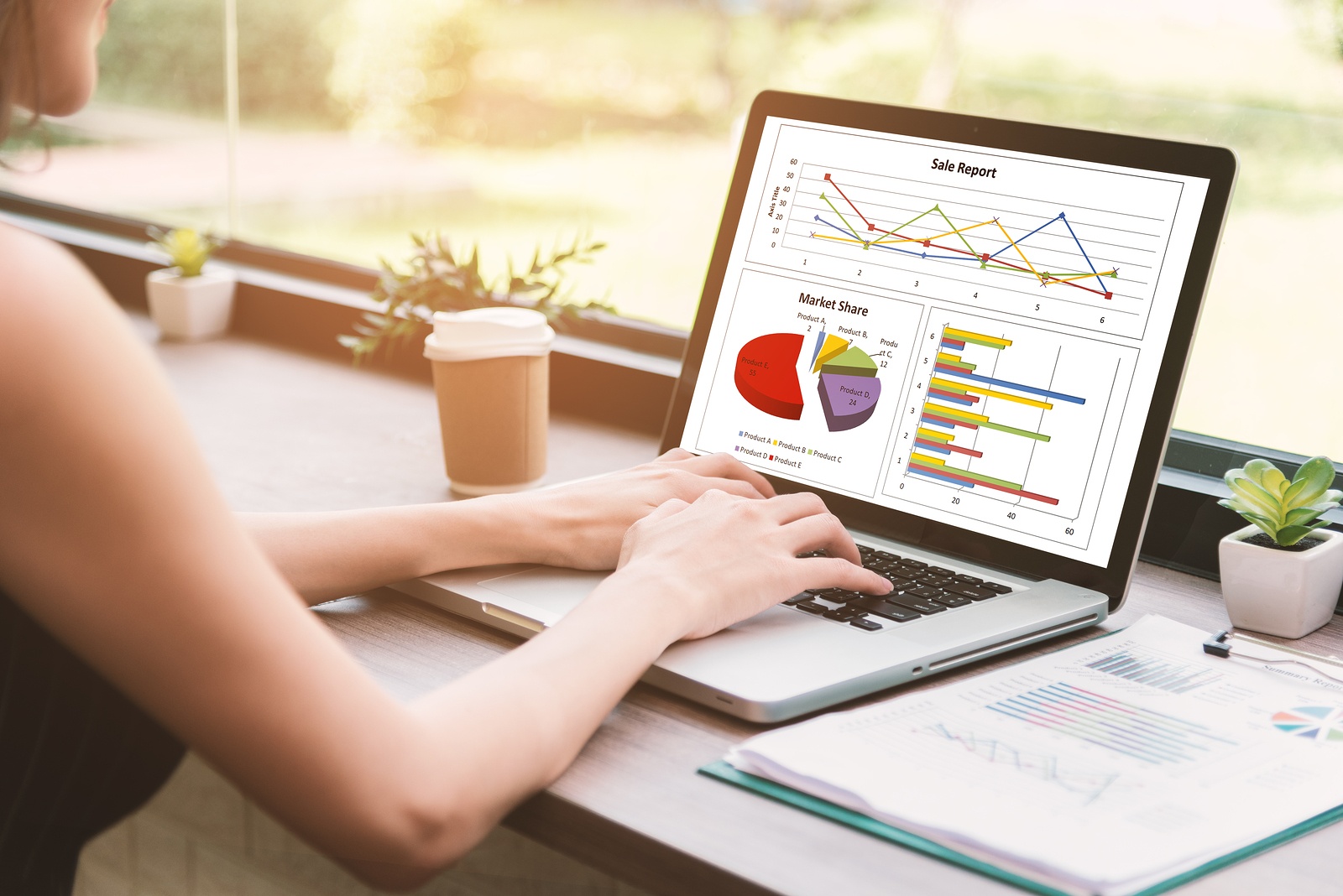 Thank you for joining us on our blog series! The tenth and final best practice for procurement-side tax automation is develop multidimensional reporting.
Thank you for joining us on our blog series! The tenth and final best practice for procurement-side tax automation is develop multidimensional reporting.
Automation without proper reporting is like cooking a meal you never taste - there’s no way to tell if it’s any good. If you truly want to be successful with your tax automation efforts, you must develop and regularly utilize good, multidimensional reporting.
Reporting should be the backbone of all automation. Not just so you can ensure your intended results are being captured, but also to allow you to examine, digest, and react to any nuances that may become visible in the data. Before developing your reporting, it’s extremely important to audit, understand, and question all source data. Doing so will help you better understand what types of reports can be generated, as well as what data elements are available to drive your intended result.
 For example, when we develop new reports for our applications, we always work backwards. That is, we start our analysis asking the question of what we hope to achieve by the report. Once determined, we then question what data elements would be required to substantiate our findings. From there, we ensure those data elements exist within the source data. If not, we work to change the source data to include the necessary information and/or assess if other existing data elements could work as a viable substitute.
For example, when we develop new reports for our applications, we always work backwards. That is, we start our analysis asking the question of what we hope to achieve by the report. Once determined, we then question what data elements would be required to substantiate our findings. From there, we ensure those data elements exist within the source data. If not, we work to change the source data to include the necessary information and/or assess if other existing data elements could work as a viable substitute.
Once comfortable the data exists to generate our report, we then move on to the “action” of running the report. This deals with the applicable report parameters a user may want to utilize in running the report (e.g., date ranges, company codes, general ledger accounts, etc.), essentially any way the user may want to customize the report for their particular audience.
Next, we focus on the design and layout, both for on screen and extract purposes. If your report generates a substantial amount of tedious detail, it’s usually best to make only the main data values visible on the screen. This often helps the user quickly digest the information and determine if an extract, with more data values, should be generated.
The last step of our process usually deals with the need for drill capabilities, essentially asking the question if the existing report should drive another report. Drill reports, as we like to call them, are a great way to help the user digest complex, multidimensional information. Rather than trying to compile and display a bunch of detail into just one report, a drill report can allow you to provide summary information that “drills” into a separate detailed report based upon a key characteristic within the summary report.
As you can see, many steps are often involved to ensure your reporting needs are met for your automation. Failure to take the time to methodically go through each step may only be slightly better than having no reports whatsoever. However, when done correctly, reporting can typically bring to light many aspects within the data that were previously unknown or even represent a potential liability to the organization. That’s why we believe it should be the backbone of your automation efforts.

